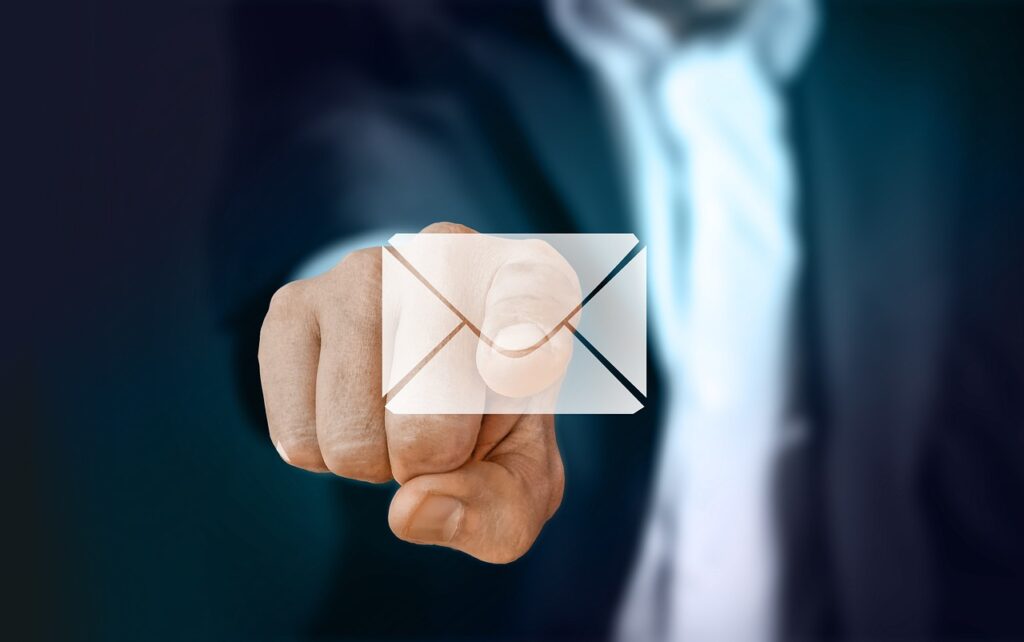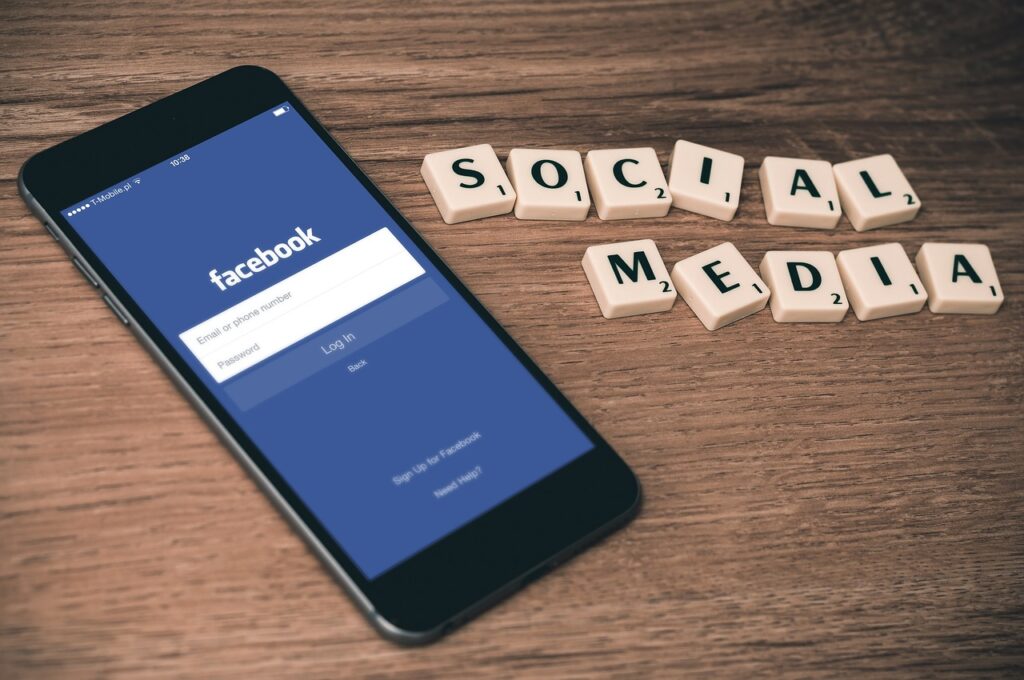How to Sell a Product via Email: A Step-by-Step Guide

How to Sell a Product via Email: A Step-by-Step Guide
Introduction
In today’s digital world, email marketing is still one of the most effective ways to sell a product. While social media and online ads have their place, email offers something unique—it is direct, personal, and it allows you to communicate with your audience on a one-on-one basis. If done right, email marketing can drive sales, build relationships, and create long-term brand loyalty.
By the end of this article, you will have a step-by-step understanding of how to sell a product via email, from building a list of eager subscribers to sending the right messages that convert people to customers.
Build a Targeted Email List
Before you can sell a product via email, you need an audience. Building a targeted email list is the foundation of any successful email marketing campaign. You should focus on gathering people who are genuinely interested in what you offer.
Start with Lead Magnets: One effective strategy to build your list is by offering something valuable in exchange for their email. This is called a lead magnet. You can offer a discount code, free guide, or exclusive content related to your product. For example, if you’re selling skincare products, offering a free skincare routine guide in exchange for their email is a great way to attract your target audience.
Segment Your List: It is important to divide your email list into different segments based on factors like interests, buying behavior, or demographics. This will help you send more people tailored and relevant emails, which in turn can increase your conversion rate.
Craft a Compelling Subject Line
The subject line is the first thing your recipient sees, and it plays a huge role in whether or not they’ll open your email. Without a strong subject line, even the best email won’t get read.
Be Direct and Clear: It is important to keep your subject line clear and to the point. Let your recipient know exactly what they’re getting when they open your email. If you’re offering a discount, mention it. If there’s a new product launch, say so.
Create Urgency: You should consider creating a sense of urgency with phrases like “Limited Time Offer” or “Only 3 Days Left.” This encourages recipients to act quickly, which can drive immediate sales.
Basically, your email subject line is the determining factor of whether or not you are wasting your time. It must be catchy enough. Ask yourself, “Would I open this, if I was just another person?”
Write Engaging Email Copy
Once your subject line has grabbed their attention, your email copy needs to keep them hooked. The goal here is to get your reader excited about your product and guide. And lead them towards making a purchase.
Start with a Strong Hook: The opening line of your email should address a problem your recipient has, and hint that your product is the solution. For example, “Are you struggling to find a skincare product that really works? We have got you covered.”
Highlight the Benefits: It is important to focus on how your product will benefit the reader. What problem does it solve? How will it improve their life? Rather than just listing features, highlight how those features translate into benefits.
Call to Action: Every email should include a clear call to action (CTA). Whether you want them to visit your website, make a purchase, or take advantage of a limited-time offer, make it easy for them to do so. Your CTA should stand out, whether it’s a button or a clickable link that directs them to your website, and it should should clearly state what you want them to do, like “Shop Now” or “Get 20% Off.”
Use Eye-Catching Design
Email design is just as important as the content. A well-designed email can make your product look more appealing and encourage recipients to take action.
Keep It Simple: You don’t need a flashy or over-complicated design. A clean, professional layout with good visuals and white space is key. You should include images of your product in use or lifestyle photos that make it relatable.
Mobile Optimization: You should ensure your emails look good on mobile devices since many people check their emails on their phones. Your text should be easy to read, and your images should load quickly on smaller screens.
Offer Exclusive Deals and Discounts
One of the most effective ways to sell a product via email is by offering exclusive deals or discounts. People love feeling like they are getting a special offer just for them. You can adopt any or all of the following:
- Limited-Time Offers: You can offer limited-time discounts or deals available only to your email subscribers. This creates a sense of exclusivity and urgency that encourages immediate purchases.
- Bundle Offers: Another option is to bundle products together at a special price. This can encourage customers to buy more than they originally intended.
Automate Your Emails
Automation can save you time and ensure that your subscribers receive the right emails at the right time.
Welcome Emails: You should start with a welcome email series. As soon as someone signs up for your list, they should receive an automated email introducing them to your brand and maybe offering a special deal for first-time customers.
Abandoned Cart Emails: It is important to have an automated email for abandoned carts. If someone adds a product to their cart but doesn’t complete the purchase, you can send a reminder email encouraging them to finish the transaction. Offering a small discount can often push them over the edge. This is helpful for both people who may have been indecisive, or those who simply cannot afford to clear their carts.
Follow-Up Emails: Don’t forget to follow up after a purchase. You can send a thank-you email and suggest complementary products they might like. This not only encourages repeat business but also builds a good relationship with your customers.
Track and Optimize Your Campaigns
Once you’ve sent your emails, the next step is to track their performance and optimize for future campaigns. Open Rates and Click-Through Rates (CTR): You should monitor how many people are opening your emails and clicking through to your website. Low open rates may mean you need to work on your subject lines, while low CTRs may suggest you need to improve your call-to-action or offer. But the opposite can serve as an encouragement, or even a call to do better.
A/B Testing: It is important to test different elements of your emails, from subject lines to design layouts, to see what resonates best with your audience. Over time, this will help you refine your strategy for better results which will definitely be notable in the long run.
Conclusion
Selling a product via email is a powerful and intimate way to connect directly with your audience and drive sales.
By building a targeted email list, crafting compelling messages, and offering value through exclusive deals, you can create a successful email marketing campaign that turns subscribers into customers.
Remember, the key is to stay consistent, track your results, and continually optimize for better performance. With the right strategy, your emails can become a revenue-generating tool that keeps customers coming back for more.






Responses